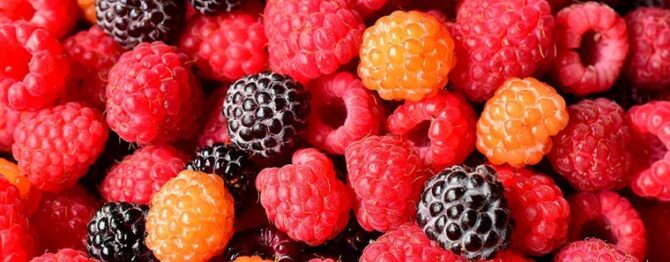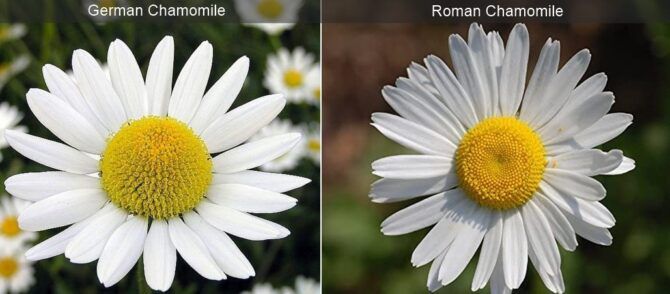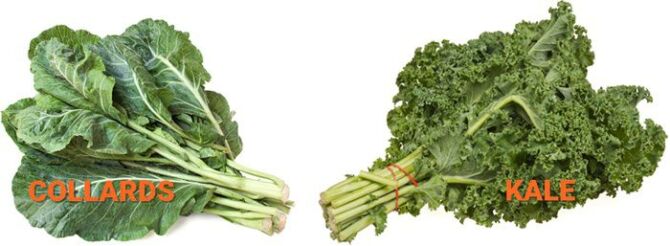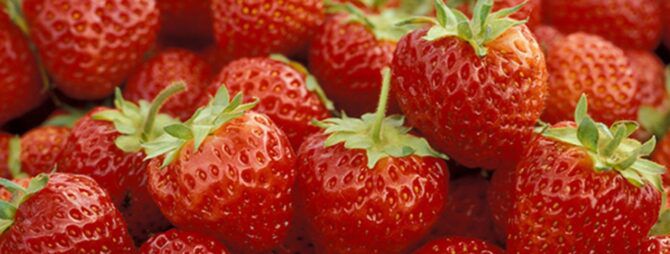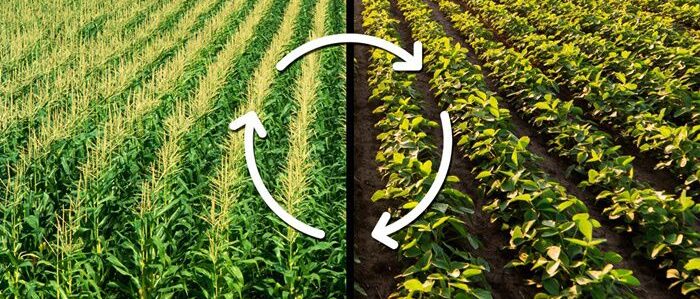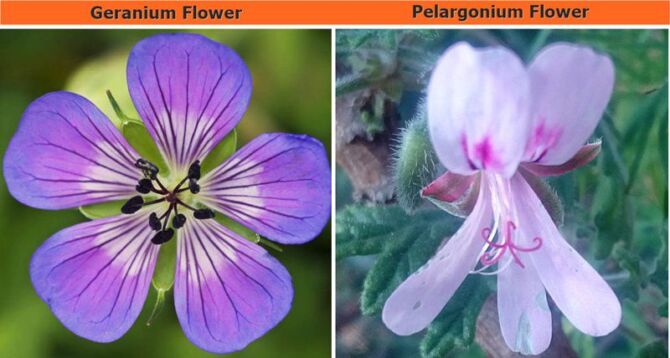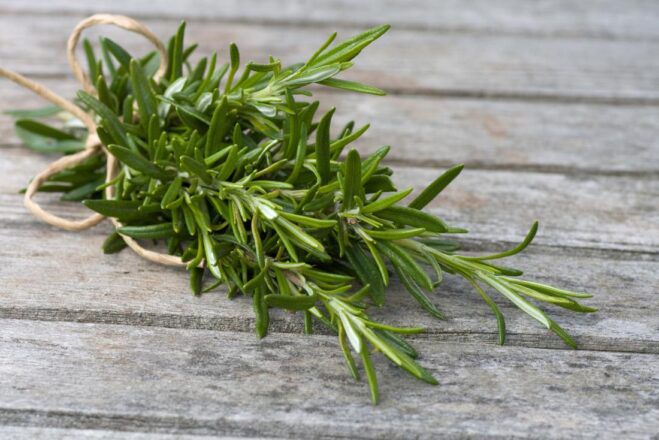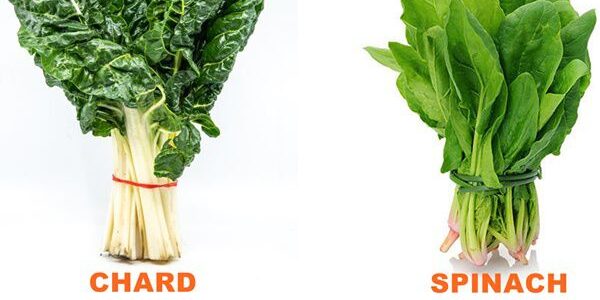Gardening Tips
Raspberry Types
There are many Raspberry Types, but for the purpose of this article, we will discuss the most commonly known Raspberry plants. Raspberry is the edible fruit of a multitude of plant species in the genus Rubus. Raspberries are perennial with woody stems. The Rubus fruit, sometimes called a bramble fruit, is an aggregate of drupelets.
Red Raspberry Types
Many of the commercial raspberry cultivars grown for their fruit are derived from hybrids between R. strigosus and R. idaeus. Red Raspberries have prickles on their stems which are straight and very thin. Red raspberries frequently have 5 leaflets, which can be arranged pinnately.
1. Rubus idaeus
Common Names: Red raspberry or European red raspberry.
It is native to Europe and northern Asia and commonly cultivated in other temperate regions.
The plants are generally perennials, which bear biennial stems known as canes, from a perennial root system. In its first year, a new, unbranched stem (primocane) grows vigorously to its full height of 1.5 to 2.5 m, bearing large pinnately compound leaves with five or seven leaflets, but usually no flowers. In its second year (as a floricane), the stem does not grow taller, but produces several side shoots, which bear smaller leaves with three or five leaflets. The flowers are produced in late spring on short racemes on the tips of these side shoots, each flower about 1 cm in diameter with five white petals. The fruit is red, edible, and sweet but tart-flavored.
2. Rubus strigosus
Common names: American red raspberry or American raspberry.
It is native to much of North America.
It is a perennial plant which bears biennial stems (canes) from the perennial root system. In its first year, a new stem grows vigorously to its full height of 0.5 to 2 m, unbranched, and bearing large pinnate leaves with three or five leaflets and normally it does not produce any flowers. In its second year, the stem does not grow taller, but produces several side shoots, which bear smaller leaves with three leaflets.
The flowers are produced in late spring on short racemes on the tips of these side shoots, each flower with five white petals 4 to 7 mm long. The fruit is 1 to1.2 cm in diameter, red, edible, sweet but tart-flavored.
Black Raspberry Types
The black raspberry is related to the red raspberry Rubus idaeus and Rubus strigosus, sharing the white underside of leaves, and fruit that readily detaches from the carpel. Black raspberries have strong, curved prickles on their stems. These are shaped like cat’s claws and they can hurt or cut if they scratch you. Black raspberries usually have only 3 leaflets, and when they have 5 they are arranged palmately, radiating out from a single point. Black raspberry is potentially a bit more cold hardy than red raspberry.
1. Rubus leucodermis
Common Names: Whitebark raspberry or blackcap raspberry.
It is native to western North America.
It is a deciduous shrub growing to 0.5 to 2.5m, with prickly shoots. While the crown is perennial, the canes are biennial, growing vegetatively one year, flowering and fruiting the second, and then dying. As with other dark raspberries, the tips of the first-year canes (primocanes) often grow downward to the soil in Autumn, and take root and form tip layers which become new plants. The leaves are pinnate, with five leaflets on the leaves’ hardy stems in their first year, and three leaflets on leaves on flowering branchlets with white (and infrequently light purple) flowers.
The fruit is 1 to1.2 cm in diameter, red to reddish-purple at first, turning dark purple to nearly black when ripe. R. leucodermis is similar to the eastern black raspberry (Rubus occidentalis).
2. Rubus occidentalis
Common Names: Bear’s eye blackberry, black cap, black cap raspberry, and scotch cap.
It is native to eastern North America.
It is a deciduous shrub growing to 2 to 3m tall. The leaves are pinnate, with five leaflets on leaves, strong-growing stems in their first year, and three leaflets on leaves on flowering branchlets. The flowers are distinct in having long, slender sepals 6 to 8mm long, which is more than twice as long as the petals. The round-shaped fruit is a 12 to 15mm in diameter aggregation of drupe-lets.
3. Rubus niveus
Common Names: Mysore raspberry, Ceylon raspberry, hill raspberry.
It is native to southern Asia, from Afghanistan east through India and China to Taiwan and the Philippines, south to Sri Lanka and Malaysia, and north to Gansu in China.
It is a shrub growing 1 to 2.5 m tall. The stems are whitish tomentose at first, becoming glabrous green to purple later. The stems (canes) are biennial, erect to arching, often scrambling and have curved sharp thorns. Immature canes are unbranched and have a whitish bloom. They only produce leaves, and do not flower, in their first year of growth, forming flowering branches in their second year. The leaves are pinnate with 5 to 11 leaflets (mostly 7 or 9). The leaflets are 2.5 to 8 cm long and 1 to 4 cm broad, dark green above, densely pale grey to white tomentose beneath. The flowers are about 1 cm diameter, with five dark pink to red petals. The fruit is 8 to12 mm in diameter, densely grey tomentose, dark red at first, ripening to black. Long stems also called canes, can grow up to 2.5m in length, usually forming an arch shape, but sometimes upright.
Yellow Raspberry Types
1. Rubus ellipticus
Common Names: Ainselu, golden evergreen raspberry, golden Himalayan raspberry, or yellow Himalayan raspberry.
It is native to China, Nepal, India, Pakistan, Indochina, and the Philippines.
It is a large shrub with stout stems that can grow to up to 4.5m long. Its leaves are trifoliate, elliptic, or obovate and toothed with long bristles. Its leaves can grow to up to 5 to 10 cm long. Its flowers are short, white, and have five petals and grow in clusters. Its fruit are sweet.


